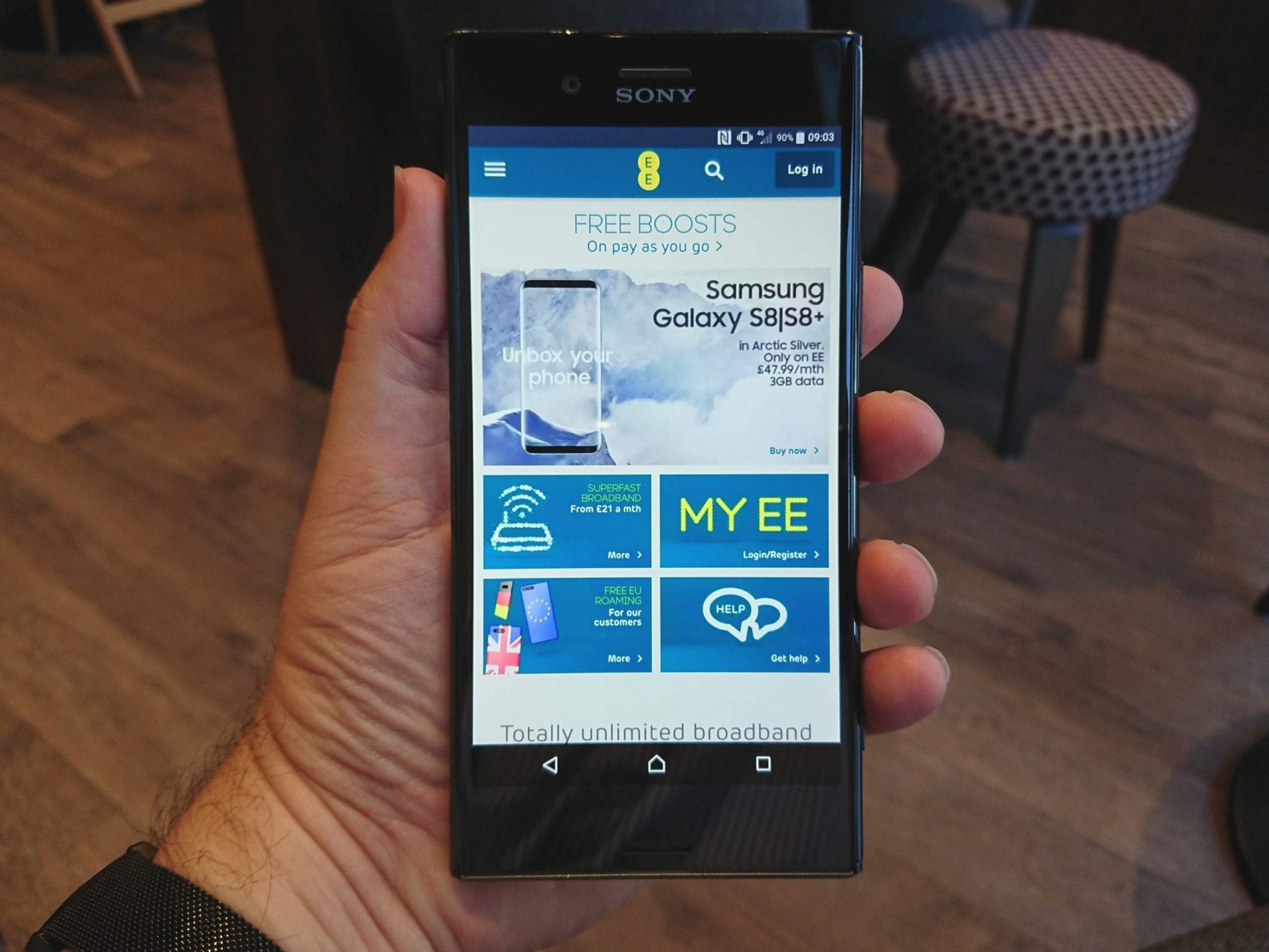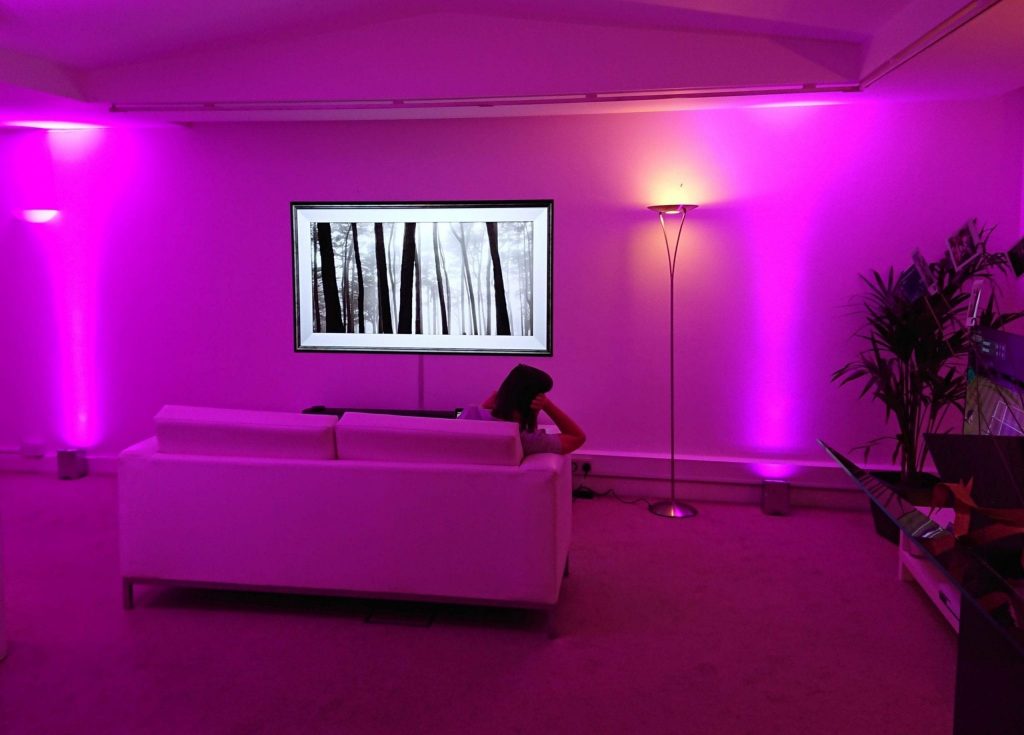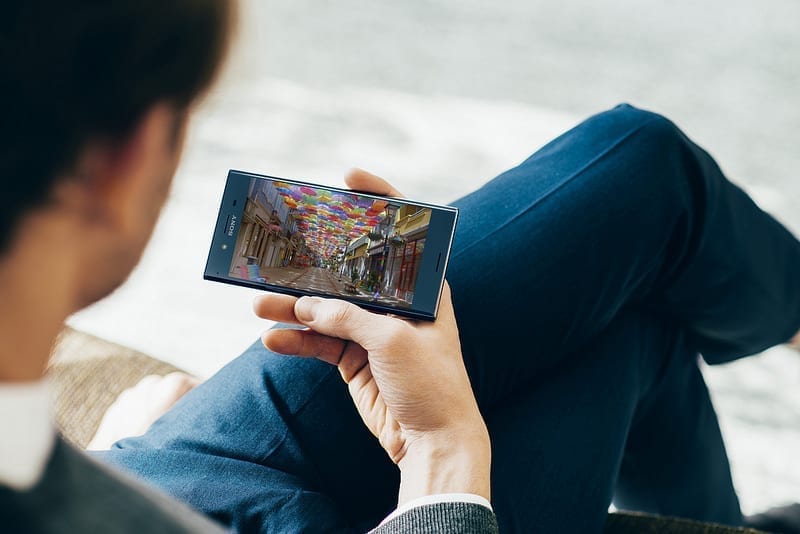
Opinion: Whether you buy one or not, the Xperia XZ Premium shows Sony is worth close attention from now on
I’ve had a Sony Xperia XZ Premium for some time now, and given the time on sale doing a review now is probably a little pointless.
We’re potentially only a week away from new devices being announced at IFA, so I figured I’d focus on where this phone puts Sony for the future after a shaky few years.
As a journalist in the trade press since the early 1990s and the consumer press not long after, I’ve probably seen and reviewed almost every phone Sony has ever made – right back to the CMH-333 ‘Mars Bar’ phone, through to the other quirky models it released before almost disappearing.
Its fortunes weren’t really restored until August 2001, when it formed a partnership with Ericsson and, for the most part, released Ericsson made phones with the Sony name added (and a few Japanese creations from time to time, which all stood out for their wayward designs).
The partnership that wasn’t meant to be
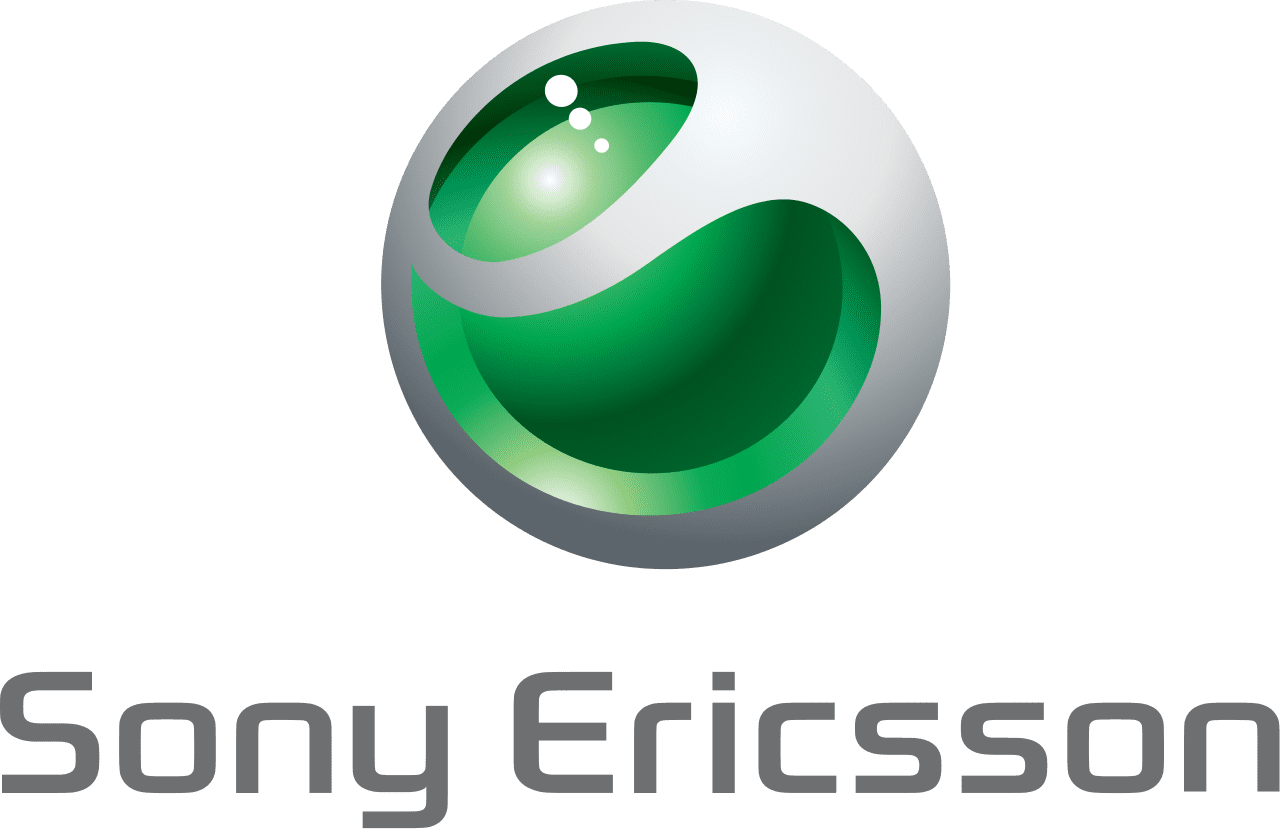 I saw the company completely through the Sony Ericsson days and back out at the other end, when it looked like Sony was in the perfect position to go it alone. But things didn’t quite work out as planned.
I saw the company completely through the Sony Ericsson days and back out at the other end, when it looked like Sony was in the perfect position to go it alone. But things didn’t quite work out as planned.
Sony gave it a good go, with the continued twice-yearly release cycle, meaning in a very short space of time the new Xperia Z series had gone from Z, to Z1, Z2, Z3, Z3+, Z5 and so on. Unfortunately, with each iteration came minimal changes in design and functionality, sometimes with the same screen or SoC in use.
For me, the Z3 was the last phone I owned, and saw a near disconnect with the company until now. The Z3 was in so many ways a beautiful phone (I had mine in the copper finish, which Nokia has brought back with the Nokia 8 recently) but also flawed in many key areas.
It came with low-volume speakers compared to the model before it (Z2) and had suspect waterproofing. It was in fact one reason that Sony decided to drop claims about its phones being waterproof, and quickly removed evidence of its advertising that had openly promoted and encouraged taking the phone to those pool parties we all so often attend.
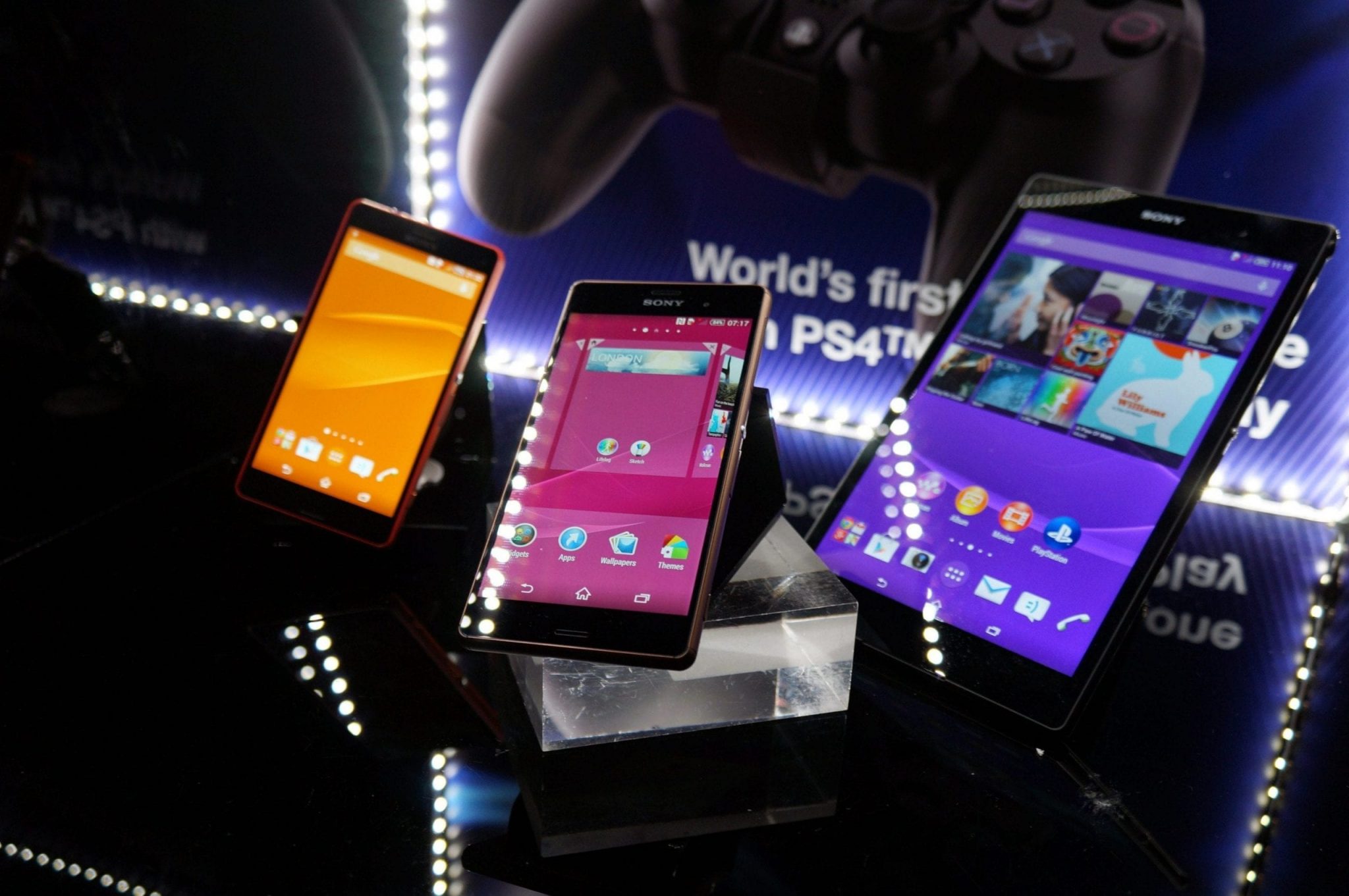
It’s getting hot in here
Heat was an even bigger problem on the Z3 and models that followed it (especially the Z3+), with the phone getting so hot the camera app eventually had to be updated to warn you that within a few minutes of taking photos or daring to record video, it might shut down. And it did, regularly. It was so nice for Sony to simply add a warning, rather than try to figure out a way to stop it happening!
The camera wasn’t even that great compared to earlier models. More pixels but lower quality (not in itself a huge surprise to photographers), with post-processing that ruined so many photos by giving them an oil painting look when you zoomed in.
Ironically, other manufacturers using Sony image sensors at the time were able to create far better camera software, and this was another reason that I gave up. I liked Sony cameras, but now it seemed that to have a good Sony camera meant buying a phone made by someone else. Go figure.
With these, and other issues, I – like many – pretty much gave up on Sony. The Z3+, Z5 and more recent models hardly brought much new to the table, but perhaps more heat, and I think at this point I should skip the rest of the history lesson as I’m sure the last couple of years are still clear in most people’s minds.
MWC 2017 a turning point?
At MWC 2017, the Xperia XZ Premium was a bit of a break from the norm. Sure, Sony had already released the Z5 Premium with a 4K screen and ridiculously shiny rear glass design before, but here was a phone that had other industry-leading features too.
From the rather clever super slow motion mode, to 4K HDR video support, and fast Gigabit 4G. Plus excellent power saving features.
The new Snapdragon 835 chip also meant that, hopefully, most of the thermal issues that seriously hindered all models before would hopefully be resolved.
Sony even decided to stop trying to increase the megapixels count and concentrate on good quality photos, although the jury is perhaps still out on how successful this has been.
All in all, it is the first time I’ve felt happy carrying a Sony phone around with me, and while I must state that I usually carry at least two phones with me at all times (the other being the wonderful Huawei Mate 9), the XZ Premium is my ‘daily driver’. By which I mean it has my primary SIM card in it, and the one I use to make most calls.
Real world experience
As I’ve been using the phone for some time now, I hope to give my experience based on living with the phone on a daily basis.
Design
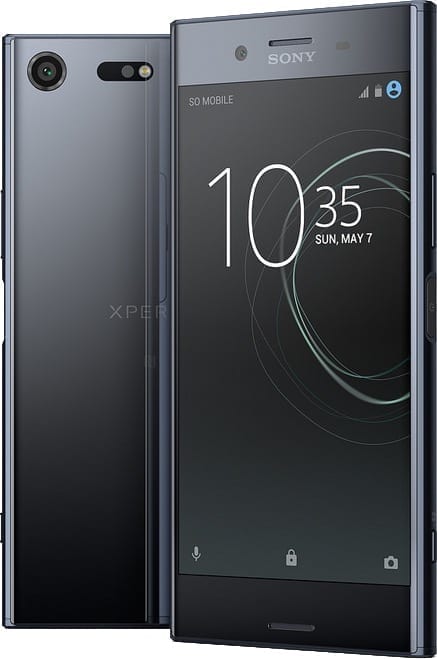 Do the large bezels put me off? Well, they’re certainly big, but I am still unconvinced the future is every phone having no bezels at all. Overall I like the look and feel of the phone, and it’s easy to hold in landscape mode for video viewing (thanks to those bezels!). But you can see that Sony has still done very little from each iteration and really must do something radical at some point to entice users back into the fold.
Do the large bezels put me off? Well, they’re certainly big, but I am still unconvinced the future is every phone having no bezels at all. Overall I like the look and feel of the phone, and it’s easy to hold in landscape mode for video viewing (thanks to those bezels!). But you can see that Sony has still done very little from each iteration and really must do something radical at some point to entice users back into the fold.
Could IFA be that turning point?
The flat top and bottom means you can stand the phone up (useful if you’re using the phone as a hotspot for other devices) and the phone is pretty strong given the glass front and back. I invested in a thin case to protect the edges, but have managed to drop the phone a few times and so far the screen hasn’t been marked at all.
Glass screen protectors are no good here, as if you get the phone wet (like say dropping it in a puddle when hiking in the Lake District!) the dirty water will get behind the protector in seconds. As this is a phone you can still get wet, even if you shouldn’t take it to pool parties, you’ll just need to rely on the strength of Gorilla Glass 5.
So far, so good.
Screen
If there’s one disappointment with the screen it’s that it is only 5.5-inches. With a 4K resolution (used only when needed, like viewing photos or video), it seems a tad small when Sony could have gone with something nearer 6-inches, as with its Ultra devices.
Hopefully the next Premium phone will nudge up the screen size, but until then, what of the screen as it is? Well, it’s nothing short of amazing when watching the right content. You can make out the extra detail, and the colours pop in HDR mode. Both Netflix and Amazon Prime Video will stream it, and you can also download a lot of it for offline viewing.
That’s a good thing considering you’re talking about 6-8GB per hour for 4K HDR video. Unless you’re using this on Three with an AYCE data plan, your allowance isn’t going to last long any other way.
Brightness is good but not fantastic outdoors, and is perhaps another disappointment. However, I’ve rarely attempted to watch a film outdoors and have always been able to find suitable shade when watching on a train etc.
Audio on the other hand, despite the two front-facing speakers is still a little disappointing with a lack of ‘oomph’, although with the most recent firmware update I am convinced the volume has been increased and is now considerably improved.
Camera
The camera on the XZ Premium certainly impresses with its results, but we’re not out of the woods just yet. There are still some issues, like the over keen post-processing that softens images to remove noise, then sharpens the result to make it look, well, a bit of a mess at times.
That means the oil painting effect still exists, although it’s not as bad as it once was.
It can also get hot if you take lots of photos on a warm day, but this is also not anything like as bad as when I had my Z3. I experienced the warnings but never actually got the camera to shut down.
The Predictive Capture mode is a nice touch, which takes a photo or two (or three) when it believes it to be the right time – around a second before or after the time you press the shutter release. You can then review things after, deleting those you don’t want.
Oh, I must mention the shutter release again. It’s the one thing I loved on all Xperia smartphones and it’s great to have a two-stage button on a phone again. Why anyone else done has not copied this (most Windows Phones excepted) I do not know.
Sony also has a series of camera app add-ons that offer extra fun and ‘value’ but are not as well integrated as the interfaces on rival phones, such as those by Huawei and Honor. For recording 4K video, you need to switch to a dedicated 4K app, as the native camera tops out at 1080p. What’s that all about Sony?
The intelligent auto mode also seems to do a good job now of working out the best camera settings for different scenes. I say now because there have been a few software updates during my time of ownership.
Overall you could easily live with this camera and the images below give a hint as to what can be achieved with the native camera app, before toying with add-ons or third-party camera apps.
Camera Photos
Slow Motion Video
The Motion Eye camera (960 frames per second super slow motion feature) is a gimmick. I doubt Sony would deny that either, but it’s fun. Life should be about fun, so why not?
The camera has integrated memory to buffer a series of 720p resolution photos, before compressing into a video file later. That’s the only way to record at such a high frame rate, and it works well. It’s been done on other cameras, but is a first for a smartphone.
The requirements are quite strict though. You’ll need very good light, and to stand well back as the camera doesn’t use the whole sensor and then compress down to 1280×720. Rather it uses just a small number of pixels from the sensor, cropping everything else out.
Stand too close and it will be like you’ve zoomed in heavily, so the only option is to move away. This may well impact what you can film in slow motion, but overall I had great fun with it and can show some examples of what I used it for in the video below.
Connectivity
It may not be the first thing that people ask for in a phone, but connectivity is an important thing for me. Whether that’s dual-band Wi-Fi, or fast 4G. And the XZ Premium has both, from 866MHz Wi-Fi (802.11ac) to gigabit LTE support, using multiple antennas and the very latest encoding techniques (256QAM) for speeds of up to 1000Mbps down and 150Mbps up.
These are of course ‘lab conditions’ speeds, but at a recent EE event to launch Gigabit LTE on a live network, I was still able to see speeds far greater than any other phone I’ve seen or used – a peak of 825Mbps. All of the live demonstrations on the day were with the a Xperia XZ Premium.
More importantly, outright speed isn’t the only thing that benefits users. For one, consuming data at 800 megabits or more won’t do much for your fixed data allowance (and Three can’t offer anywhere near these speeds to users on unlimited data plans) but the support for the latest Cat 16 modems has many benefits for getting good speeds at the edge of coverage, and working more fairly with other users.
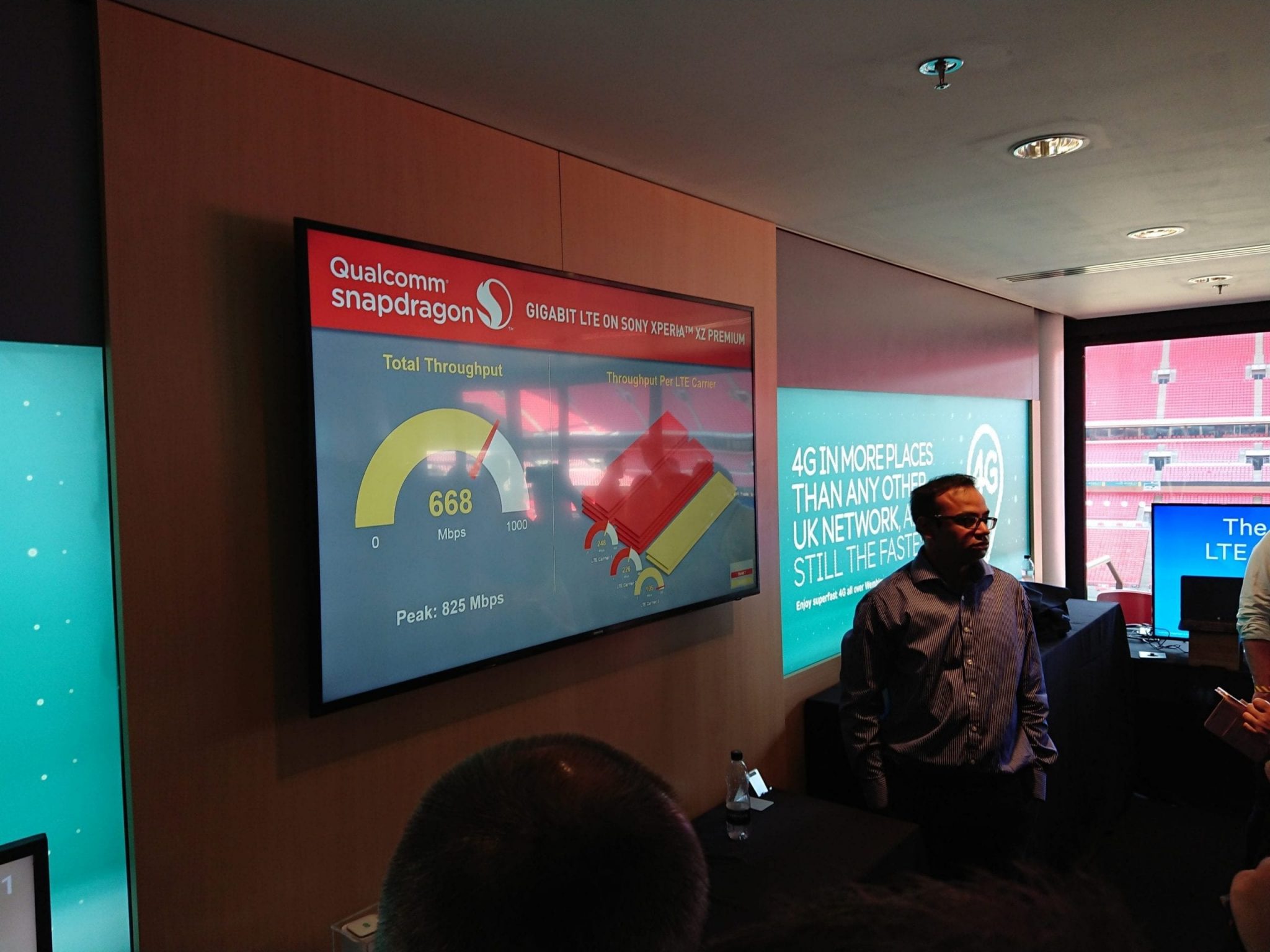
This means the more users who get phones with Cat 16 support, the faster the speeds will be for everyone, but until that happens users with older devices will get a slight uplift in their performance because Cat 16 users are ‘in and out’ that much quicker for their data needs.
It’s a win win for everyone, and makes it especially disappointing that so many new phones with Snapdragon 835 chipsets (like the OnePlus 5 and the Nokia 8) could have had support too, but opted for slower speeds. It seems even the new Samsung Note 8 may be limited to Cat 9 in the UK too (this is yet to be confirmed, but if you know – please let me know in the comments).
All in all, Sony is still part of a very exclusive club when it comes to offering the fastest 4G speeds. Of course, you’ll need to be on the right network to benefit, with EE offering the fastest speed today, and Vodafone close behind.
Battery Life
The 3,230mAh battery was my biggest concern with this phone, as it sounded far too small (but Samsung felt 3,300mAh was enough in the Note 8, so go figure). Perhaps the smaller screen, which runs natively at 1080p most of the time, has a benefit after all.
Sony’s Stamina options really do save battery power, with different levels allowing you to cut performance right down to a point where you’ll see a reduced frame rate when using the phone. Of course you wouldn’t want to enable that mode all the time (and you can set at what battery level such a mode should kick in) but if you really value battery life then it’s a godsend.
I’ve argued for ages that phones should allow you to cripple CPU performance when you really want the longest battery life and are willing to accept a sacrifice. I’d sooner have this than have to turn off loads of features like mobile data, Wi-Fi, avoid running certain apps or turn the brightness down so you can’t see it outside a darkened room. Or perhaps even not be able to run apps at all with a ultra battery save mode that disables everything except voice and text.
Even without Stamina enabled at all, you can still expect to get through a whole day without fear, and Quick Charge 3.0 means you can get back up to full charge quickly when required.
It might be necessary to disable the battery care mode though. It means well, but can stop rapid recharging based on its prediction of how long you’ll get from each charge. It then restricts charging beyond 90% as often as it can. Sometimes you just want the ‘confidence’ of taking a phone out with it at 100% no matter what. My best advice here is to experiment, or turn it off as needed.
User Interface, Updates & Support
It might seem a little boring, but the Android experience is pretty close to native Android, except for some of the power saving functions above, and a few other tweaks here and there. By and large, it’s close to what you’d get from buying a Google Pixel.
Some may consider the lack of customisation (beyond themes that can change colour palettes and certain icons, but not fonts) a little boring, and compared to the stuff you can do on other phones, it possibly is. However, it makes for a fast and easily recognisable user interface with no stuttering or lag.
And so far Sony has done a great job of keeping the phone updated with security updates and other bug fixes. Long may this continue, and hopefully now Android Oreo has become official, we’ll soon be told when the phone should expect an update to bring all the Android 8 goodies.
Conclusion: Sony fans (past and present) should look forward to the future!
I’m sure a lot of people have a place in their heart for Sony, but there’s a lot more competition these days and a strong brand isn’t always enough. No doubt Nokia is finding this out as it tries to get back into the game.
Samsung has worked hard for some time to become the de facto standard competition to Apple, but even Google has so far struggled to be taken too seriously as a flagship competitor with its Pixel phones.
LG and HTC have had their fair share of issues, while Huawei has been rapidly catching up and excelling on a several fronts through its own-brand phones and those under the Honor name. Indeed, Huawei poses a real challenge for the main brands, not Sony. At least as it stands now.
Sony is selling the XZ Premium for, obviously, premium money so it may not be the phone to buy, but hopefully it’s a sign that there are potentially really good things to come and those of you who have sat things out for a while may want to keep a close eye on what Sony does between now and next year’s Mobile World Congress.
This will start with a press event at IFA on the 31st August 2017, of which you can watch here.
Your thoughts?
What do you think about my opinion? Are you still a loyal Sony Mobile fan, or did you too move away after things seemed to get stale? Will you be looking to come back, or is that it for you and you’re now happy elsewhere?
Please share your thoughts in the comments below.
Disclosure: My XZ Premium was supplied on loan from EE and is running EE’s firmware for VoLTE and Wi-Fi Calling support. The phone has also been used on Vodafone and Three during my time with it.


